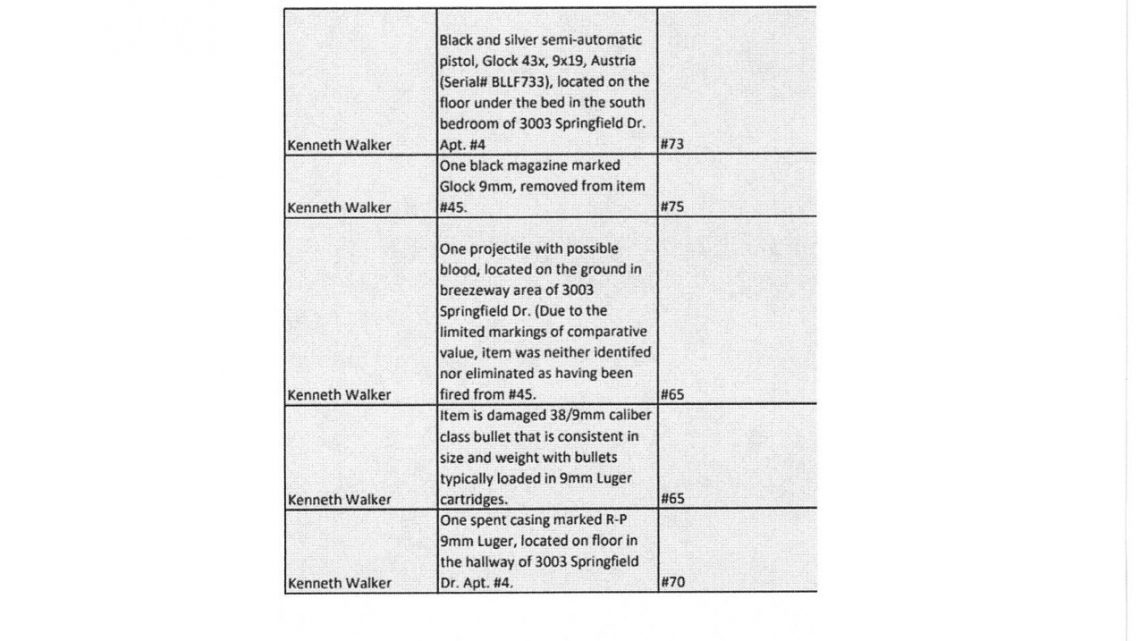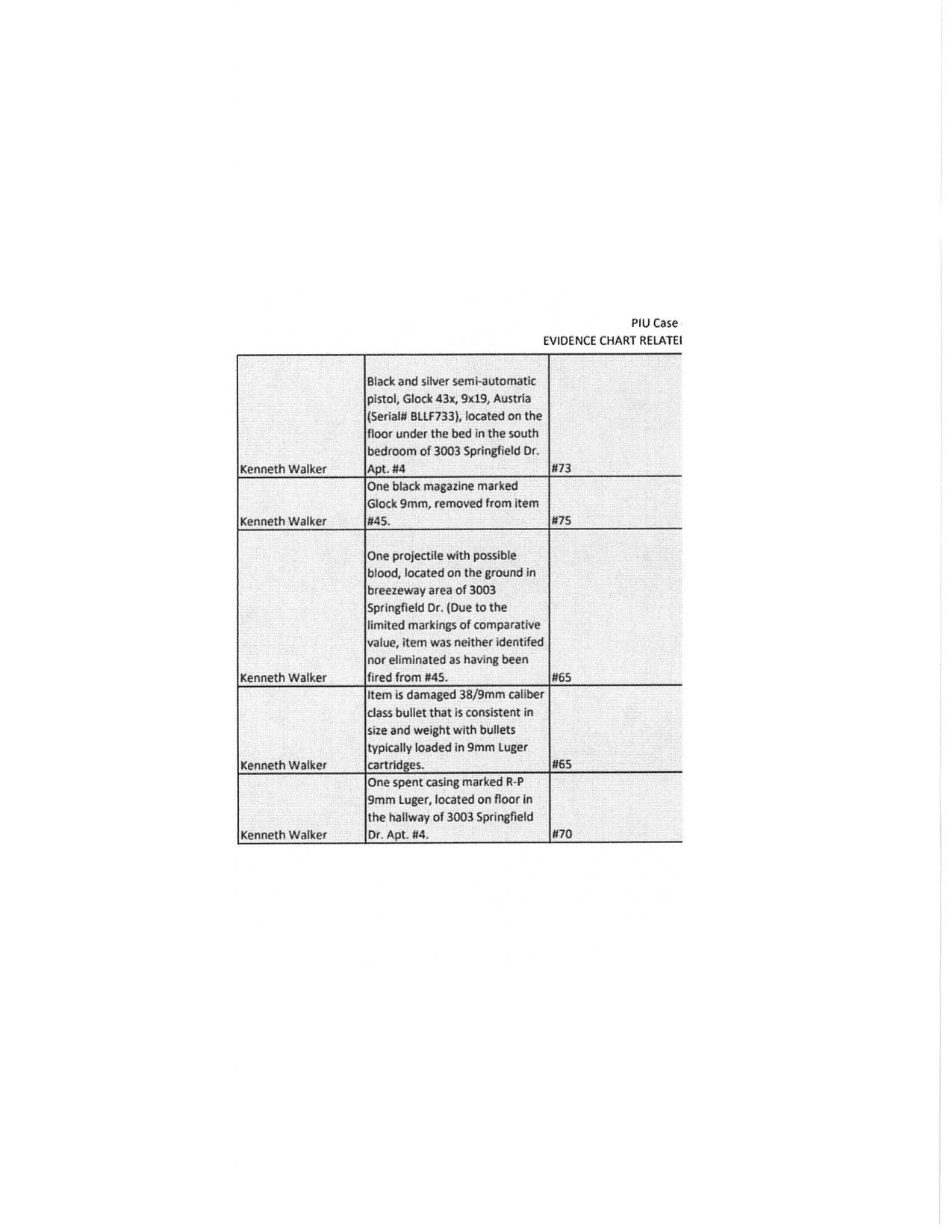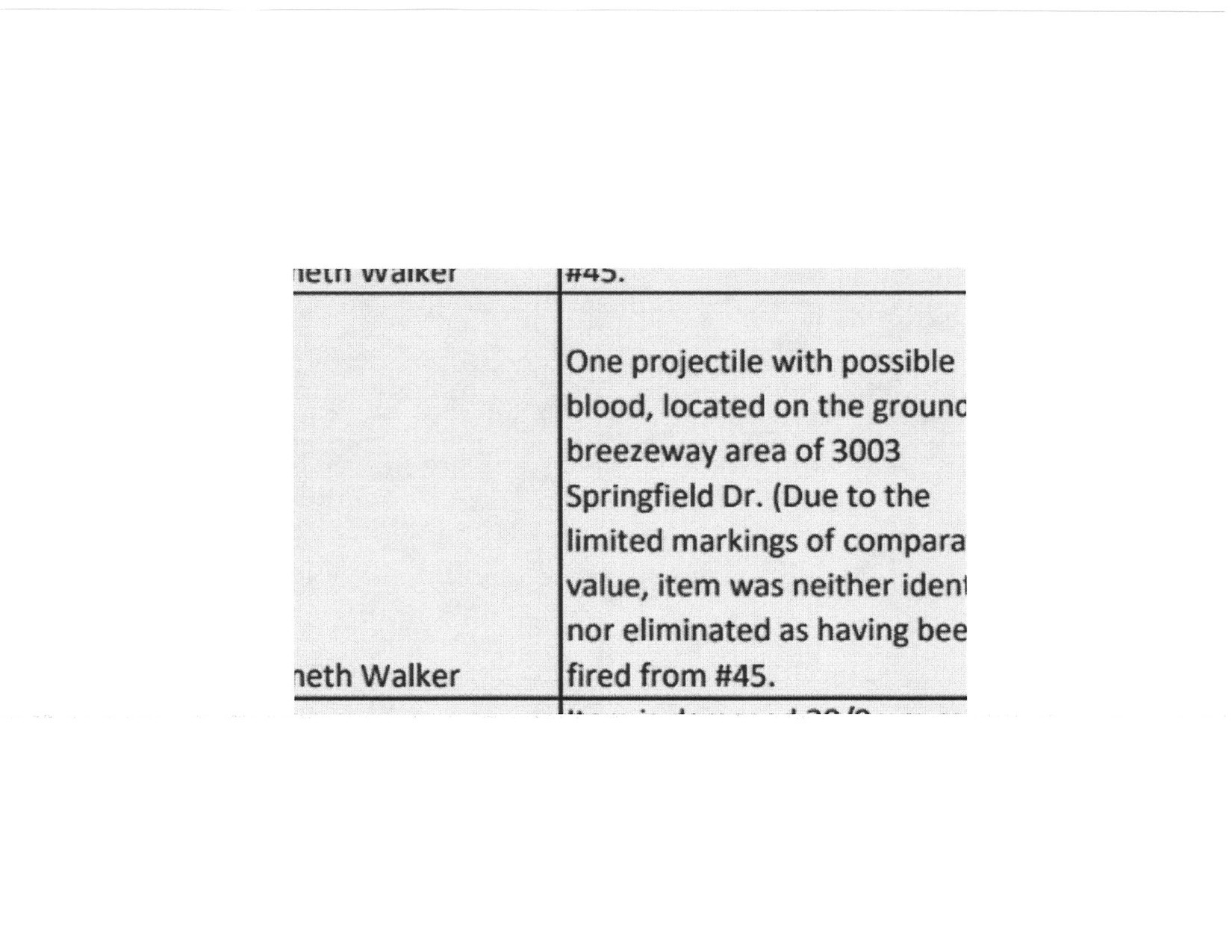
Initial Police Report Didn’t Conclude Breonna Taylor’s Boyfriend Shot a Cop in the Leg
September 25, 2020Want the best of VICE News straight to your inbox? Sign up here.
As part of Wednesday’s long-waited announcement about charges related to the March 13 police raid that killed Breonna Taylor, Kentucky Attorney General Daniel Cameron stated as fact that Taylor’s boyfriend Kenneth Walker fired a shot that hit an officer in the leg that night.
But the initial ballistics report, which was conducted by Kentucky State Police and included in the investigative file provided to the attorney general’s office by the Louisville Metro Police Department, failed to prove that Walker fired the bullet that hit the officer, Sgt. Jonathan Mattingly.
That means it’s entirely possible that while Walker admitted to firing a bullet, it wasn’t necessarily the one that hit Mattingly, as his lawyer has already publicly insinuated.
Walker was charged with attempted murder of a police officer and held in jail for two weeks on a $250,000 bond. The charges have since been dropped, although Walker may still be re-indicted.
A portion of the report, which references the bullet believed to have hit Mattingly, concludes that “due to limited markings of comparative value, [the] item was neither identified nor eliminated as having been fired from #45,” which corresponds to the magazine found in Walker’s gun.
Walker’s criminal defense attorney Rob Eggert provided a screenshot, shown below, of the report to VICE News, which confirmed its validity. Eggert said he shared it because of the attorney general’s remarks Wednesday. He had no comment other than to say “This is the result of those tests on Walker’s single shot.”
The FBI conducted a separate ballistics report, which was also presented to the grand jury, according to the attorney general. It’s unclear, however, whether the two reports differ, and if so, how. But even if the FBI’s report did conclude that Walker’s bullet hit Mattingly, the differences between the two reports could still render the results inconclusive. The attorney general suggested as much when talking about differences in the two reports related to the bullets that killed Taylor.
The existence of the possibility that Walker did not fire the bullet that struck Mattingly in the leg, along with crime-scene photos recently obtained by VICE News, raise questions about how the investigation was conducted.
According to Mattingly’s testimony, Walker was approximately 20 feet away when he fired his weapon and shot the officer in the leg. But photos of Mattingly’s wound depict a bruising pattern and coloration consistent with having been shot from close proximity, according to Patrick McLaughlin, who teaches forensic science at the John Jay College of Criminal Justice and served as a detective in the NYPD for 20 years.
“The easiest way to know for sure if he was shot from close up is through a gunshot residue test,” said McLaughlin, who spent most of his tenure at the NYPD in the Evidence Collection Team. The test detects gun powder residue, the presence of which indicates someone or something was shot from within three feet. McLaughlin described the test as standard procedure in cases like this.
But no gunshot residue test appears to have been performed on Mattingly’s wound or clothing immediately following the incident or at any time before the end of May, when the criminal case against Walker was dropped. A preliminary medical report on Mattingly’s wound, which was part of discovery in Walker’s criminal case, found no visible soot or residue on Mattingly’s pants and indicates he was shot from “distant range.”
McLaughlin, who reviewed the preliminary report, said he thought it was plausible the unusual bruising pattern was caused by Sgt. Mattingly’s wallet, which was in his front pocket, even if he wasn’t shot at close range, as the crime scene photos suggest. The bullet went through the wallet and his leg, puncturing his femoral artery.
McLaughlin also thinks it’s possible that what looks like gun powder residue is actually something else. But he added that “in a case like this where you have the chance to let science help support or refute something, I just don't understand why you wouldn't perform the test.”
In Wednesday’s press conference, Attorney General Cameron maintained there was no evidence that Mattingly was hit by friendly fire. He made no mention of the inconclusive ballistics report, nor did he point to the results of a gunshot residue test that would support his claim that Mattingly was not hit by a fellow officer.
The attorney general’s office didn’t respond to a request for comment and has said it won’t release the full grand jury report due to the ongoing FBI investigation.


